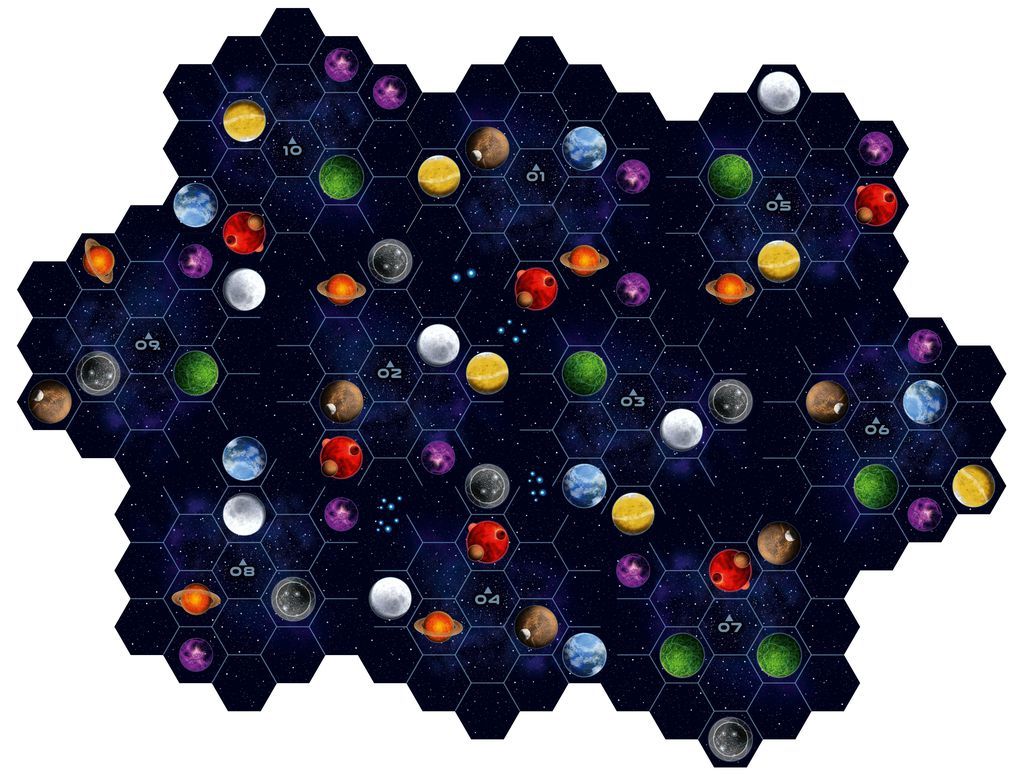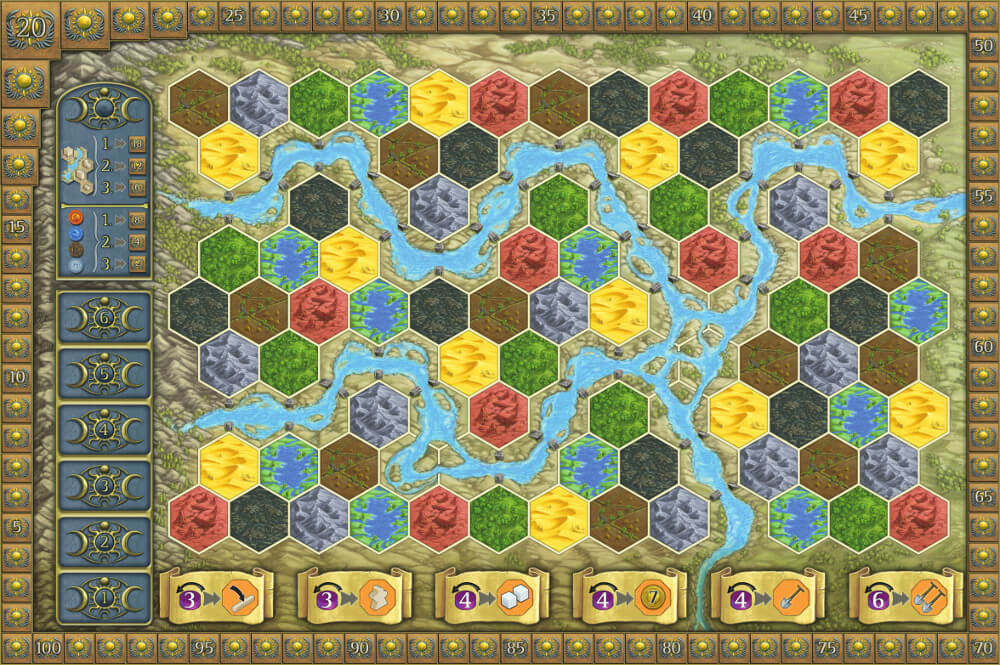

How important is this environmental problem in relation to other common environmental issues and/or human health? Explain why. Do you agree or disagree with the author’s view or opinion of this environmental problem? What is YOUR opinion based on?ģ. Describe at least THREE key points or themes of this article.

Students will have the opportunity to contribute to their community and learn more about the world in which we live.ġ) Required Summer Textbook Reading, Questions, & Current Event Articles (two assignments): The course integrates Earth and Life Sciences, Chemistry and Physics. The curriculum focuses on the processes of science, the role of energy in all systems, interconnections between biotic and abiotic elements, the role of people in environmental change, and sustainability of environmental and societal systems. Students participate in hands-on activities, discussions, and outdoor projects. It is wrong when it tends otherwise.”Ĭourse Description : AP Environmental Science is a lab-based course that emphasizes the role of the Earth's environment in local, regional and global societies and the impact of people and societies on the environment. Statistics Probability College Calculus: Level I College Calculus: Level II Multivariable Calculus Linear Algebra Differential EquationsĬhemistry: General Chemistry Gen."A thing is right when it tends to preserve the integrity, stability, and beauty of the biotic community. Mathematics: Basic Math Pre Algebra Algebra I Algebra I Algebra II Geometry Trigonometry Precalculus Math Analysis AP Calculus AB AP Calculus BC AP Statistics Gen. Section 3: Earth's Cycles and Environmental ChangeĮarthquakes, Volcanoes, and Other Disasters Section 2: Populations and the Environment


Sustainable Yields and Viable Populations 0:06.On the other hand, some species are overly abundant and can encroach on the human population.Extinction can be local or global, and thankfully some endangered species have been helped back into larger population numbers.Their existence in the future truly depends on how we treat them and their resources Endangered species and threatened species have value to the human population in many ways.Fish harvest data recently has been alarming, leading to the question: Are fisheries sustainable in the long run? Fisheries are dominant in a few countries: Japan, China, Russia, Chile, and the United States.The catch per unit figures are also informative in determining total population numbers Age structure and harvests impact our knowledge about species in the wild.In managing wildlife the IUCN has a 4 principle approach: safety factor in terms of population size, concern with the community/resources, maintenance of the ecosystem/minimizing adversity, and continual monitoring and assessment.Carrying capacity and logistic growth curves relate the maximum sustainable population in an area to the resources of that given habitat.When it comes to wildlife and endangered species, we must consider: maximum sustainable yield, the minimum viable population, and the optimum sustainable population.


 0 kommentar(er)
0 kommentar(er)
